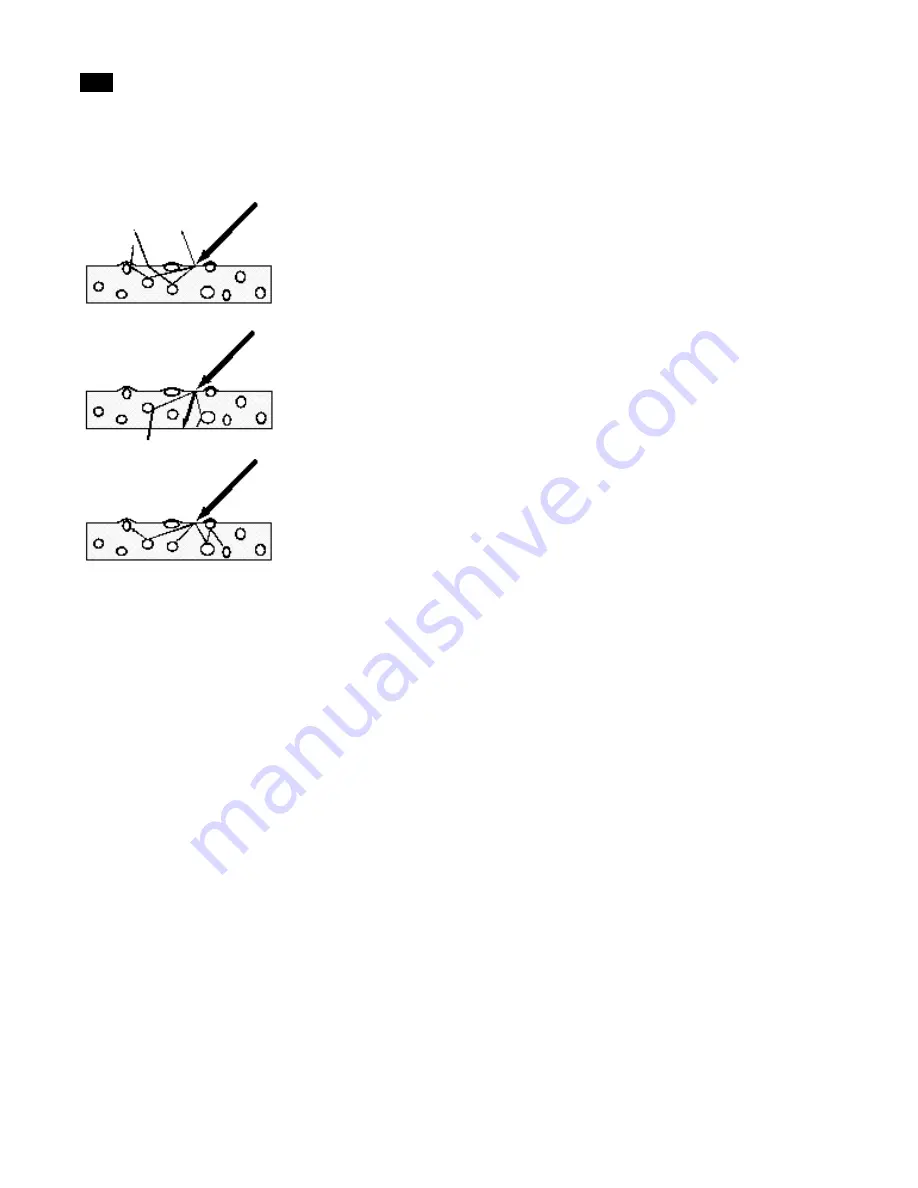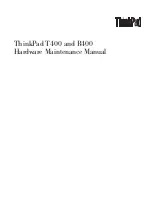
Reflection Models
D
302
Lightscape
the light can be
reflected
,
transmitted
, or
absorbed
by
the material:
•
In
reflected light
, all the photons bounce back from
the material and continue to move through the envi-
ronment. Light can be reflected both from where the
material meets the air (their interface) and from with-
in the material. Some of this light is reflected specu-
larly and some diffusely. For more information, see
“Interactions at the Interface” on page 302.
•
In
transmitted light
, all the photons pass completely
through to the other side of the material. Lightscape
only models the specular component of transmitted
light. For more information, see “Transmitted Light”
on page 304.
•
In
absorbed light
, light passes into the body of the
material and stays there. This light neither passes
through nor is reflected back. The fact that photons of
a particular wavelength are absorbed while others are
not determines the color of the material.
At any given point on a surface, photons arrive
directly from a light source (
direct illumination
) or
indirectly through one or more bounces off other
surfaces (
indirect illumination
). The combination of
direct and indirect illumination is the
incident light
at
that point.
The final illumination of a space is determined byhe
interaction between the surfaces in the space and inci-
dent light in the space. When you turn on a light in a
room, some of the emitted photons are absorbed by
the first surface they reach. Others reflect off many
surfaces before being absorbed. Some of the reflec-
tion happens at the interface between the surface and
the air and some happens below this interface.
When you specify the properties of the materials used
on the surfaces of a room, you are in effect specifying
where and how photons are reflected, transmitted,
and absorbed. These properties affect how the system
models interactions between the material and light at
the material-to-air interface, within the material, and
coming out the far side of the material. The following
sections describe what happens during these
interactions.
Interactions at the Interface
Where light hits a material is the
interface
between
that material and the air. At the interface, some light
continues into the interior of the material and some
reflects off the interface. This section describes the
way Lightscape determines how much light gets into
the interior.
Light reflected at the interface has components of
both
diffuse reflection
and
specular reflection
. These
Transmission of light
Absorption of light
Reflection of light
Summary of Contents for LIGHTSCAPE
Page 1: ...SULO 4 31 93 36034333308355 LJKWVFDSH...
Page 18: ...NOTES 10...
Page 110: ...NOTES 102...
Page 136: ...NOTES 128...
Page 166: ...NOTES 158...
Page 176: ...NOTES 168...
Page 202: ...NOTES 194...
Page 210: ...NOTES 202...
Page 248: ...NOTES 240...
Page 294: ...NOTES 286...
Page 308: ...NOTES 300...
Page 316: ...NOTES 308...
Page 324: ...NOTES 316...
Page 342: ...Glossary 334 Lightscape...
Page 360: ...Index ix 352 Lightscape...
Page 362: ......
















































